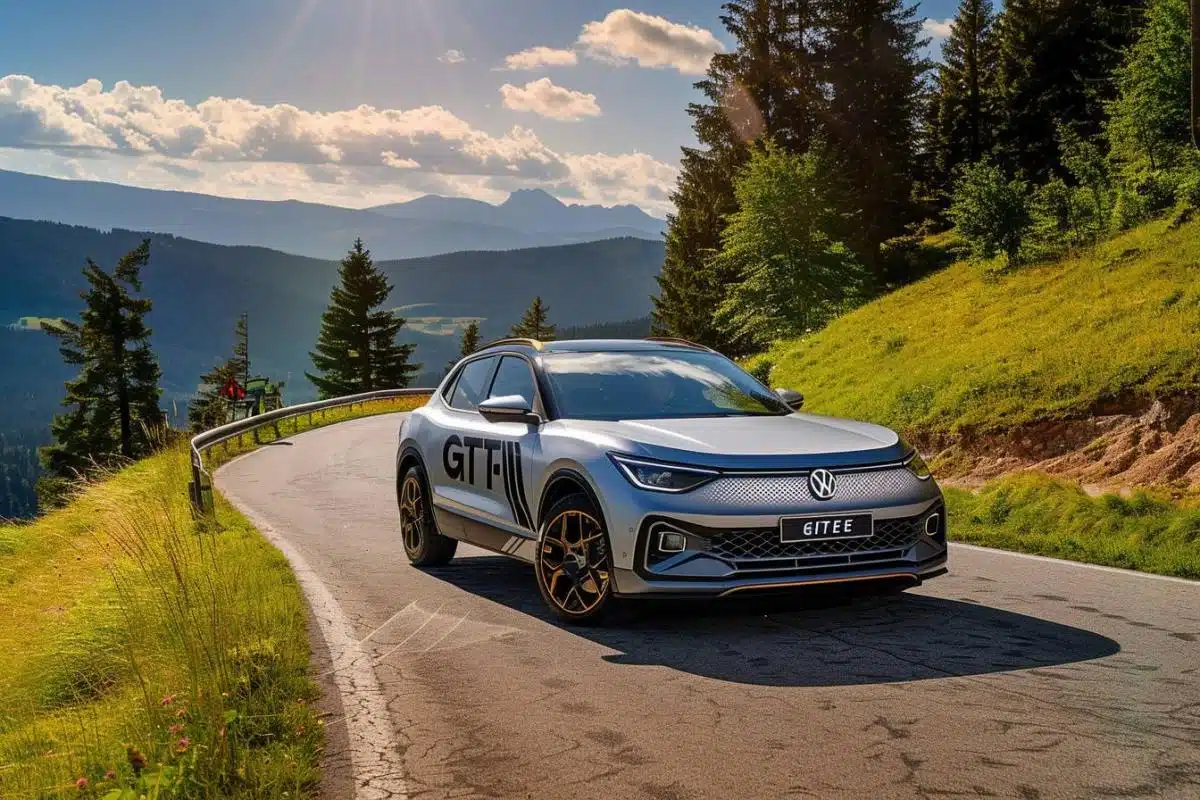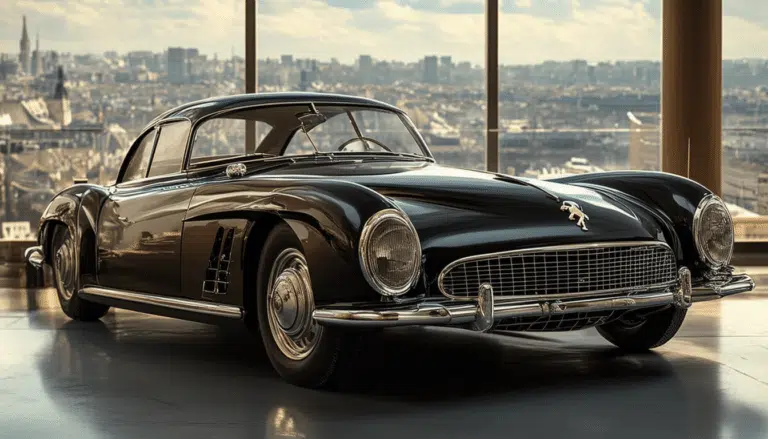You are not going to believe what this car can do on its own! (the reason is surprising)

The automotive industry has undergone a radical change in recent decades. The incredible story of the self-driving car is an exciting testament to technological progress. This article focuses on a key milestone in this evolution: the Opel Kadett C. A vehicle that not only represented mechanical and safety advancements in its time but also paved the way for future innovations in autonomous driving.
SUMMARY:
| main ideas | additional details |
|---|---|
| 🚗 Change in the automotive industry | The industry has experienced radical changes in recent decades. |
| 🔧 Innovations of the Opel Kadett C | The Kadett C stood out for its mechanical and safety advancements. |
| 🌍 Global icon | The Kadett C was produced in various countries and was locally adapted. |
| 🏎️ GT/E sports version | The Kadett GT/E gained notoriety in rallying with up to 225 HP. |
The incredible story of the Opel Kadett C
The Opel Kadett C hit the market in the summer of 1973, a time of economic challenges due to the oil crisis. This third generation of the Kadett was notable for its variety of body styles, which included sedan, station wagon, hatchback, coupe, and convertible versions. The technical innovations of the Kadett C, such as the double wishbone front suspensions with coil springs, positioned it as a benchmark in the industry.
Safety was a crucial aspect of the Opel Kadett C. This model incorporated three-point seatbelts in the front seats, impact-absorbing safety steering, crumple zones, and a cabin designed as a safety cell. These advancements ensured that the Kadett C was not only efficient and attractive but also one of the safest cars of its time.
Globally, the Opel Kadett C was conceived as a “world car.” It was manufactured in Germany, the United Kingdom, Asia, Australia, and North and South America. Each unit was adapted to meet local conditions, allowing the Kadett C to become an international icon.
Kadett GT/E, the rallye-Kadett
The Opel Kadett C also had a sports version, the Kadett GT/E, which was launched with a fuel-injected engine capable of generating up to 105 HP. This version gained notoriety in the Rally world, participating in the World Championship with recognized drivers such as Walter Röhrl and Rauno Aaltonen. In competitions, the GT/E reached peaks of 225 HP, proving to be a formidable contender.
The GT/E variant was designed not only for performance but also to be accessible and easy to maintain. Tests by the German magazine Auto motor und sport highlight that the Kadett GT/E not only drove exceptionally well but was also solidly built, required little maintenance, and was economical in its operation.
The Kadett GT/E was a clear demonstration of how a compact car could offer high performance without compromising safety or accessibility. This mindset of combining performance and safety is one of the fundamental pillars in the development of modern autonomous cars.
Three-point seatbelts and a revolutionary suspension
The safety of the Opel Kadett C was revolutionary for its time. Three-point seatbelts were incorporated into the front seats, an innovation that today is a standard in the automotive industry. Additionally, the double wishbone front suspension with coil springs provided a smoother and safer ride.
In the event of a collision, the Kadett C was prepared to protect its occupants with a impact-absorbing safety steering, crumple zones, and a reinforced cabin. These elements made the Kadett C one of the safest vehicles of its time.
If you would like to learn more about the innovations that have transformed safety in vehicles, I invite you to visit this link about technological innovations in catalysts.
The story behind this classic car
The Opel Kadett has a fascinating history that goes beyond its C model. The first Kadett model, introduced in 1936, fascinated historical figures such as Stalin. The Soviet leader decided to replicate this model for the Soviet Union under the name Moskvitch 400. The first units of the Moskvitch were produced in 1941, with the final model, identical to the Opel Kadett, coming out in 1947.
The impact of the Kadett on the automotive industry was not limited to its commercial success. It also influenced the development of autonomous technologies. For example, Google demonstrated the viability of self-driving cars with a modified Toyota Prius, which was driven by Steve Mahan, a visually impaired man, on a prepared route.
Despite the technological differences between the Kadett and modern autonomous vehicles, the relentless pursuit of innovation has been a common thread. The advances in suspension, safety, and performance of the Kadett have laid the groundwork for today’s technologies.
| Version | Engine | Power |
|---|---|---|
| Opel Kadett C | 1.2 liters | 53 – 60 HP |
| Opel Kadett C | 1.0 liters | 40 HP |
| Kadett GT/E | 1.9 liters | 105 HP |
Other interesting articles
Exploring the incredible story of the self-driving car inevitably leads us to discover other fascinating vehicles and stories. The mad scientist Robert Maddox created ‘The Beast’, a go-kart with a jet engine that reached up to 144 km/h. This and other inventions are examples of how automotive innovation continues to evolve.
We cannot forget the iconic television series ‘Knight Rider’, which featured a modified Pontiac Firebird Trans-Am with artificial intelligence and multiple gadgets. KITT, the Knight Rider car, became a pop culture icon and demonstrated how fiction can inspire technological advancements in the real world.
If you would like to learn more about how new technologies are redefining driving, I recommend exploring this link about the evolution of automatic gearboxes.
Another fascinating story is that of Callum Grubb, a 19-year-old Scottish teenager who lives as if he were in the 1940s. His 1938 Austin Cambridge and his 1952 Raleigh bicycle are living witnesses of a bygone era, sparking interest and admiration wherever he goes.
For those interested in how high-performance vehicles like the Ferrari 488 remain current, you can check this link about the Ferrari 488.
In our journey through the incredible story of the self-driving car, we have explored innovations in safety and performance, such as those of the Opel Kadett C, and the present and future evolution of autonomous vehicles. Continuing to explore and understand these advancements ensures us an exciting and safe future in the automotive world. And you, what technological advancement do you think will mark the next decade ?




